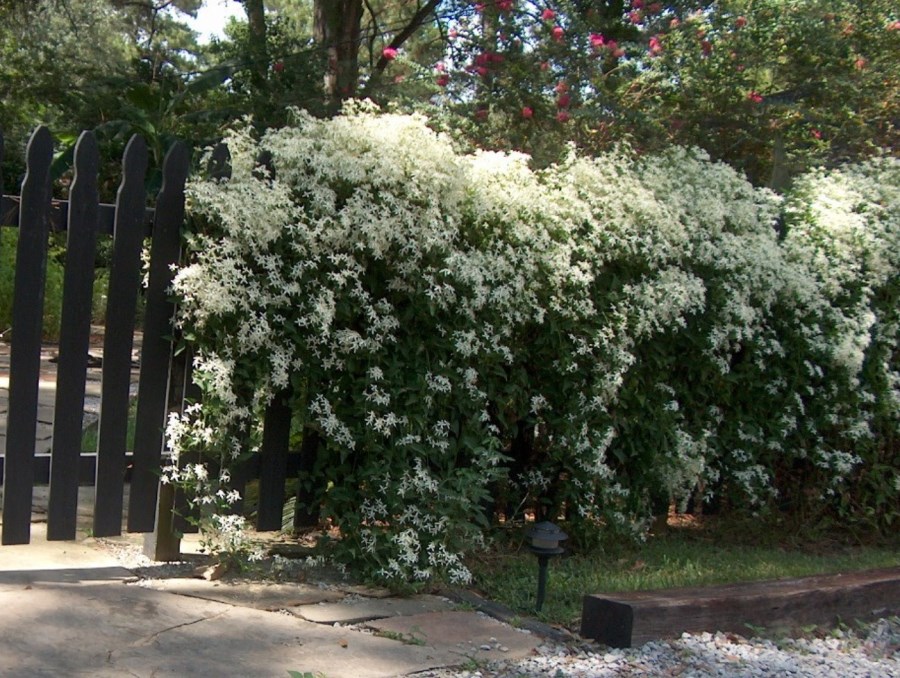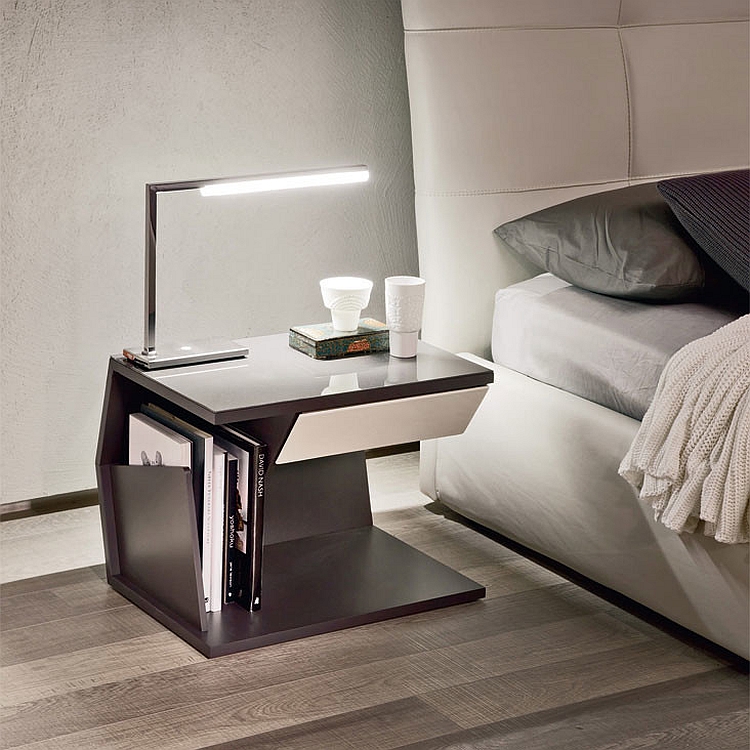Viburnums have been popular in australia for decades as a screening plant. Plants have always been used to create shelter, offer privacy or screen out unwanted views, define boundaries and divide the space within.
Plants Good For Screening, The bush cherry (syzygium australe), sometimes marketed as an aussie boomer make fantastic screening plants because they are super fast growing and have a full coverage of leaves to the ground. Leyland cypress is a popular privacy fence choice.

Leyland cypress makes an excellent screening plant so much to its detriment. Our most popular plants used for screening are: If instead, you mixed the border with leylands, hollies, magnolias, rhododendrons and the like, then the bagworms destroy a only portion of your privacy and. There are some plants which are suitable for garden screening, spruce is one great choice.
This plant grows well into a shrub or small tree, and makes great hedges.
If you’re looking for a screen with needle leaves rather than broad leaves, the cypress is a good choice. Let’s say you plant a row of leyland cypress (please don’t, here’s why), and the bagworms show up and defoliate all of them.there goes your investment. Leyland cypress is a popular privacy fence choice. Bigger plants reach heights of eight feet and can spread to about five weed wide. When planting your living screen, do not plant in a straight line. In fall, the plant attracts birds to its fruit.
 Source: topbambooproducts.com
Source: topbambooproducts.com
Generally, people look for the best bamboos for screening as they help in security and privacy purposes and add up the beauty of your place. Our most popular screening trees and shrubs for privacy include bamboo plants, photinia red robin as shrubs or trees, laurels such as prunus laurocerasus or prunus lusitanica for hedging, ligustrum trees and shrubs, leylandii for.
 Source: decoist.com
Source: decoist.com
You can start to plant many spruces in one line to be used as fences. Some mature quickly into dense hedges and others develop with you, over time. It is easy to grow and has wonderful resistance to many pests and diseases. One bonus is that it blooms with small white flowers in spring, that butterflies flock to. A good.
 Source: artificialplants.com.au
Source: artificialplants.com.au
Once the plants have reached your desired height, snip the tops off. The best kinds of plants for privacy screens are going to be on the larger end of the size spectrum. Suitable plants for screening can include hedging shrubs, trees or grasses and bamboos, depending on the level of formality, and the height and spread required for the space..
 Source: allimagesforyou2049.blogspot.com
Source: allimagesforyou2049.blogspot.com
Whatever the problem, you can create your own private backyard oasis by simply adding some screening plants to your. Plants have always been used to create shelter, offer privacy or screen out unwanted views, define boundaries and divide the space within. Adorned with big white egg like flowers in autumn and winter. Magnolia (little gem or teddy bear�s) pittosporum. Generally,.
 Source: decoist.com
Source: decoist.com
Bamboo makes a great contemporary screen. Hornbeam (carpinus betulus) is a very popular choice for screening and hedging. Certain types of clematis (marked group 3 on the plant label) will cover a trellis or pergola in quick time too if you cut the ends back in early spring to encourage thicker growth. If you’re looking for a screen with needle.
 Source: deavita.net
Source: deavita.net
A natural screening plant with yellow fall color, carpinus holds its brown leaves through much of the winter to provide extra privacy. Hornbeam (carpinus betulus) is a very popular choice for screening and hedging. A good choice is the viburnum tinus , a small leaf evergreen that grows to about 3.5 metres. Most screen plants grow fine in full sunshine.
 Source: blessingland.com
Source: blessingland.com
You can start to plant many spruces in one line to be used as fences. What are the fastest growing screening plants? Hardy native shrub loaded with cream flowers and cinnamon scented leaves. One bonus is that it blooms with small white flowers in spring, that butterflies flock to. Hornbeam (carpinus betulus) is a very popular choice for screening and.
 Source: centenarylandscaping.com.au
Source: centenarylandscaping.com.au
Let’s say you plant a row of leyland cypress (please don’t, here’s why), and the bagworms show up and defoliate all of them.there goes your investment. Hedges make effective screens as well as barriers. Hornbeam (carpinus betulus) is a very popular choice for screening and hedging. Suitable plants for screening can include hedging shrubs, trees or grasses and bamboos, depending.
 Source: correctlydesign.com
Source: correctlydesign.com
When selecting a plant for screening, the first question that comes to mind is how much sunshine the site gets. Leyland cypress makes an excellent screening plant so much to its detriment. Hornbeam (carpinus betulus) is a very popular choice for screening and hedging. Hedges a useful way of using large shrubs as tree substitutes is to clear the lower.
 Source: decoist.com
Source: decoist.com
Plants have always been used to create shelter, offer privacy or screen out unwanted views, define boundaries and divide the space within. When selecting a plant for screening, the first question that comes to mind is how much sunshine the site gets. For the greatest effect, choose both deciduous and evergreen plantings. Because this plant grows tall and narrow, it’s.
 Source: bambooplantshq.com
Source: bambooplantshq.com
Once the plants have reached your desired height, snip the tops off. Bamboos are typically used for countless purposes because of their vast applications in various fields. Magnolia (little gem or teddy bear�s) pittosporum. Leyland cypress makes an excellent screening plant so much to its detriment. People prefer to use bamboo as a fence because they are natural, and grow.
 Source: deavita.net
Source: deavita.net
A natural screening plant with yellow fall color, carpinus holds its brown leaves through much of the winter to provide extra privacy. Some mature quickly into dense hedges and others develop with you, over time. Smaller areas can also be screened using a variety of shrubs, especially evergreens. You can learn more about hornbeam hedges here. Read on to learn.
 Source: merrifieldgardencenter.com
Source: merrifieldgardencenter.com
If instead, you mixed the border with leylands, hollies, magnolias, rhododendrons and the like, then the bagworms destroy a only portion of your privacy and. Leyland cypress is a popular privacy fence choice. Bigger plants reach heights of eight feet and can spread to about five weed wide. If you’re looking for a screen with needle leaves rather than broad.
 Source: deavita.net
Source: deavita.net
Bamboo makes a great contemporary screen. Plants have always been used to create shelter, offer privacy or screen out unwanted views, define boundaries and divide the space within. Plants make excellent privacy screens because they can block noise and unsightly views while also adding color, texture and seasonal interest that only gets better with each growing season. This tree is.
 Source: centenarylandscaping.com.au
Source: centenarylandscaping.com.au
Plants make excellent privacy screens because they can block noise and unsightly views while also adding color, texture and seasonal interest that only gets better with each growing season. Bigger plants reach heights of eight feet and can spread to about five weed wide. It is easy to grow and has wonderful resistance to many pests and diseases. Leyland cypress.
 Source: pinterest.com
Source: pinterest.com
What are the fastest growing screening plants? Our most popular screening trees and shrubs for privacy include bamboo plants, photinia red robin as shrubs or trees, laurels such as prunus laurocerasus or prunus lusitanica for hedging, ligustrum trees and shrubs, leylandii for hedging, evergreen oak as trees or shrubs, holly varieties such as ilex aquifolium or ilex cornuta for hedging,..
 Source: minimalisti.com
Source: minimalisti.com
Suitable plants for screening can include hedging shrubs, trees or grasses and bamboos, depending on the level of formality, and the height and spread required for the space. Evergreens make wonderful, quick hedges and privacy screens. If necessary, buy fewer plants but go with larger sizes. Below are my top tips for creating screening and privacy for your contemporary home..
 Source: pinterest.co.uk
Source: pinterest.co.uk
Leyland cypress is a popular privacy fence choice. Maybe the house next door overlooks your outdoor setting or maybe you just want to establish zoning in your backyard. Evergreens make wonderful, quick hedges and privacy screens. People plant trees and hedges for all kinds of reasons, some purely aesthetic, some for more practical purposes such as privacy. Whatever the problem,.
 Source: siteshade.com.au
Source: siteshade.com.au
It is easy to grow and has wonderful resistance to many pests and diseases. Evergreens make wonderful, quick hedges and privacy screens. Hornbeam (carpinus betulus) is a very popular choice for screening and hedging. Our most popular plants used for screening are: A natural screening plant with yellow fall color, carpinus holds its brown leaves through much of the winter.
 Source: deavita.net
Source: deavita.net
You can start to plant many spruces in one line to be used as fences. A natural screening plant with yellow fall color, carpinus holds its brown leaves through much of the winter to provide extra privacy. One gallon size plants should be avoided as it will take a long, long time to provide any privacy. Our most popular plants.
 Source: thegardenglove.com
Source: thegardenglove.com
Bigger plants reach heights of eight feet and can spread to about five weed wide. If you’re looking for a screen with needle leaves rather than broad leaves, the cypress is a good choice. Another option i�ve been recommended to. Bamboo can be grown in containers, making it a good choice for screening a patio, roof terrace or balcony. Smaller.

Once the plants have reached your desired height, snip the tops off. If necessary, buy fewer plants but go with larger sizes. Leyland cypress is a popular privacy fence choice. A natural screening plant with yellow fall color, carpinus holds its brown leaves through much of the winter to provide extra privacy. You can learn more about hornbeam hedges here.
 Source: lakesideplants.com
Source: lakesideplants.com
Plants have always been used to create shelter, offer privacy or screen out unwanted views, define boundaries and divide the space within. Read on to learn about the plant types that work best for privacy and how you can use them in your landscape. People prefer to use bamboo as a fence because they are natural, and grow fast and.
 Source: dreamley.com
Source: dreamley.com
Bamboo can be grown in containers, making it a good choice for screening a patio, roof terrace or balcony. If you’re looking for a screen with needle leaves rather than broad leaves, the cypress is a good choice. Below are my top tips for creating screening and privacy for your contemporary home. Once the plants have reached your desired height,.
 Source: homestolove.com.au
Source: homestolove.com.au
This tree is probably one of the most popular screening plants and as such, it is often planted in unsuitable areas increasing its susceptibility to pests. Hardy native shrub loaded with cream flowers and cinnamon scented leaves. One bonus is that it blooms with small white flowers in spring, that butterflies flock to. Once the plants have reached your desired.








